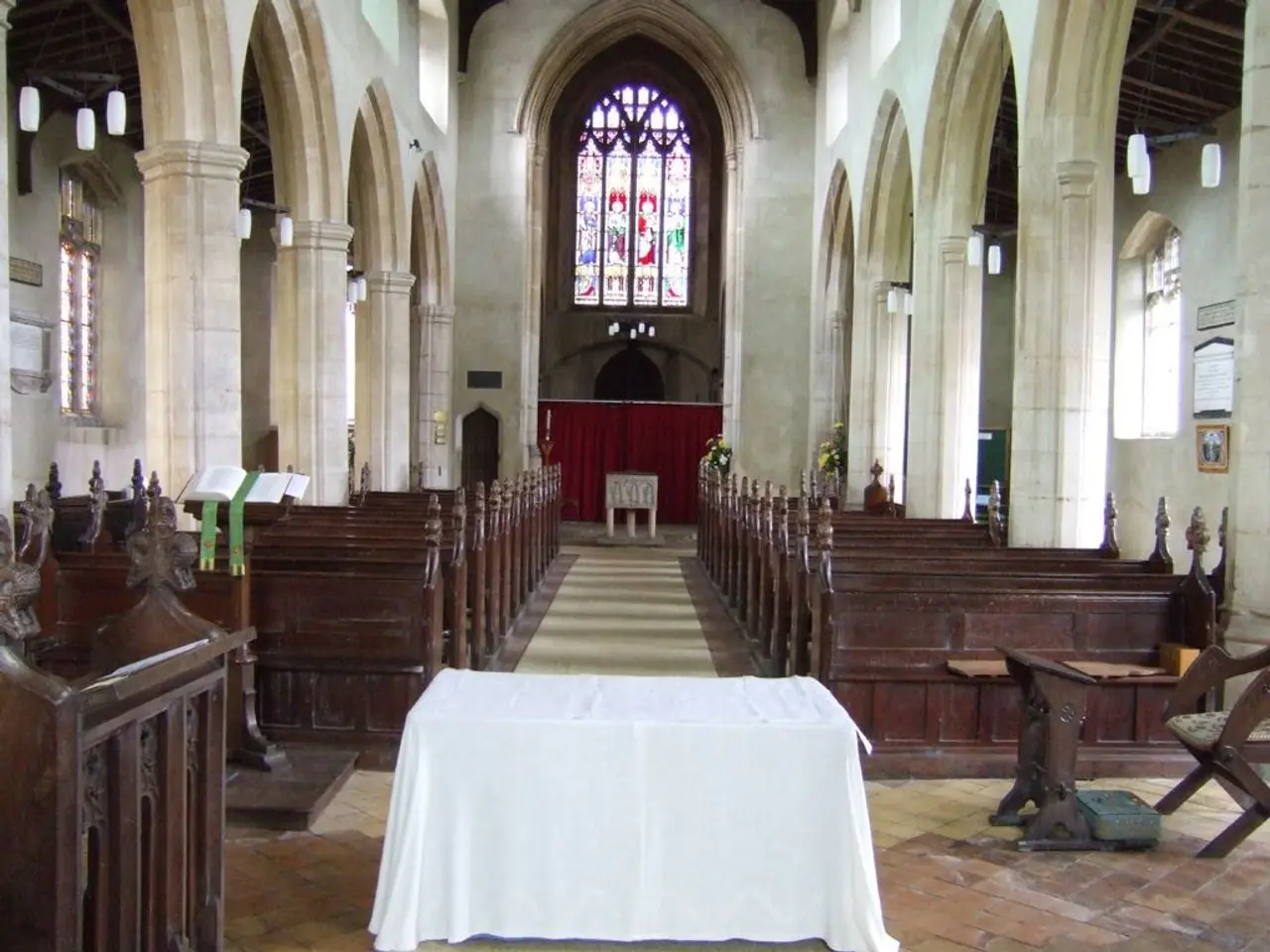Senior Union Administrator
In the structure of the Indian government, as defined by the Constitution, the President is a key component of the Union executive. This role is outlined in Articles 52-78 (Part V) of the Indian Constitution.
As the chief executive, the President plays a significant part in the executive branch. The President is the formal head of the executive, with all executive actions of the government carried out in the President's name.
The President's executive powers include appointment powers, authority over government business, information and oversight, union territory administration and scheduled areas, parliamentary powers, and a military role.
Appointment powers allow the President to appoint key figures such as the Prime Minister, the Council of Ministers, Governors of States, Supreme Court and High Court judges, the Attorney General, the Comptroller and Auditor General, the Chief Election Commissioner, and other constitutional officials.
The President also has the authority to make rules for the convenient transaction of business of the Union government, regulate government business transactions, and allocate responsibilities among ministers.
The President can require information on government administration and legislative proposals from the Prime Minister and other ministers, and can request matters to be reconsidered by the Council of Ministers if needed.
In terms of union territory administration and scheduled areas, the President administers Union Territories through appointed administrators and has powers to declare certain regions as Scheduled or tribal areas, overseeing their administration.
The President also exercises parliamentary powers, such as summoning, proroguing, and dissolving Parliament, giving assent to bills for them to become law, and addressing Parliament.
As the Supreme Commander of the Armed Forces, the President represents the unity and integrity of the nation in a military context.
However, it is important to note that the roles and responsibilities of each member of the Union executive are not specified in detail in this paragraph.
The Vice President of India is also a part of the Union executive. The President appoints the Attorney General of India, the Comptroller and Auditor General of India, the Chief Election Commissioner and other election commissioners, the Chairman and members of the Union Public Service Commission, the governors of states, the chairman and members of finance commission, among others.
The Union executive of India consists of the President, the Vice President, the Prime Minister, the council of ministers, and the Attorney General of India. The President appoints the Prime Minister and the other ministers.
In summary, the President of India, as outlined in the Indian Constitution, serves as the formal head of the executive branch, with key executive powers and symbolic duties. The President's roles ensure the maintenance of the rule of law, constitutional propriety, and the smooth functioning of the government.
Politics and general news often highlight the President's critical role in policy-and-legislation affairs within the Indian Union executive. The President, as outlined in the Indian Constitution, appoints key figures including the Prime Minister, council of ministers, and judges, thus exerting significant influence over policy-making processes.





